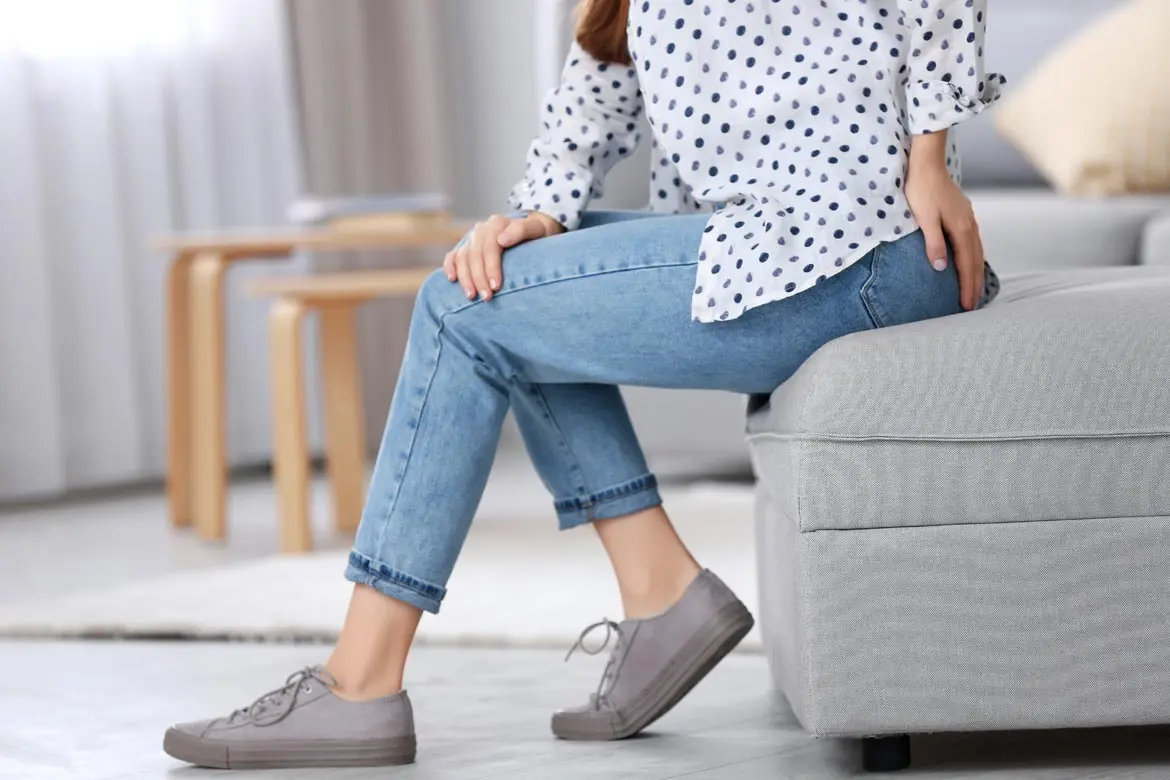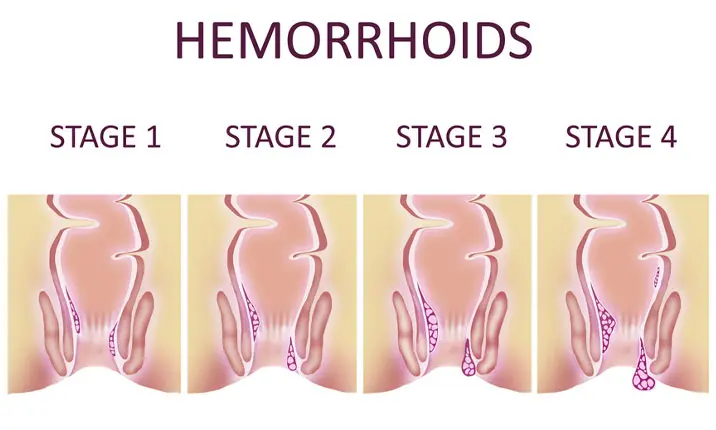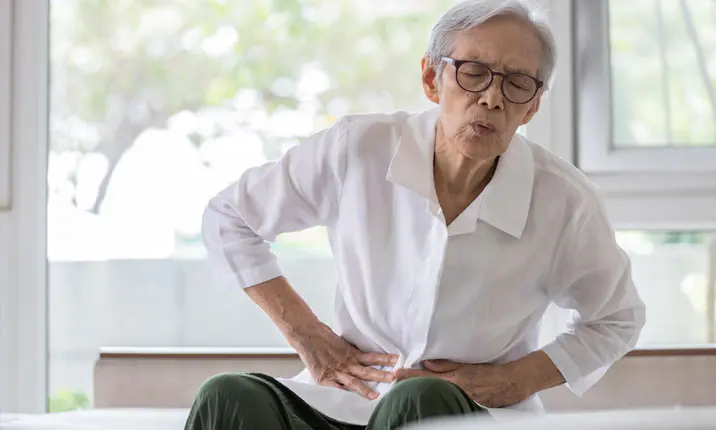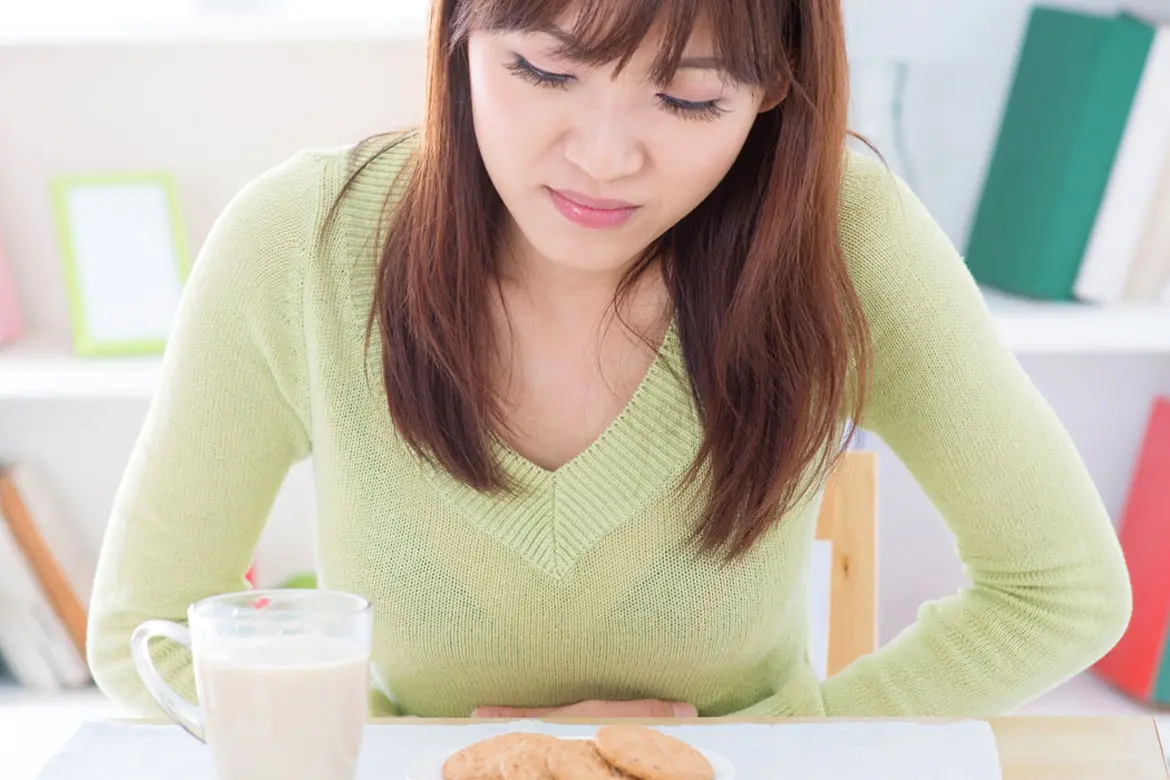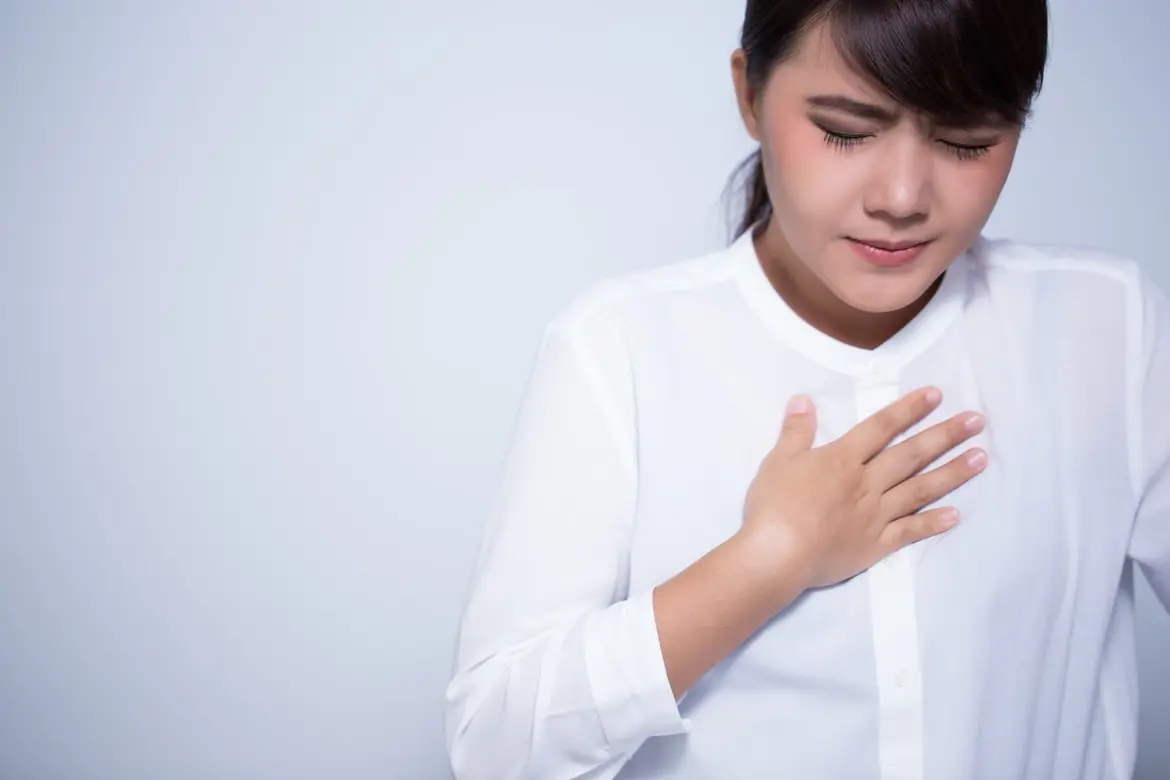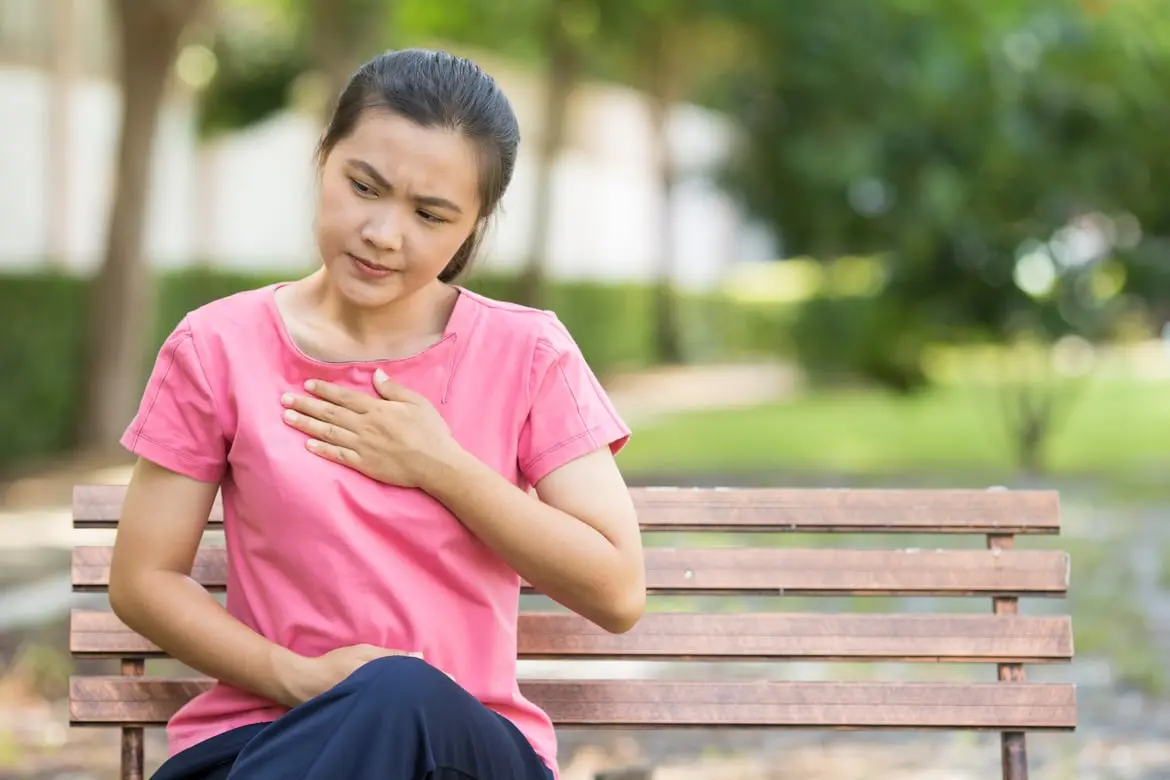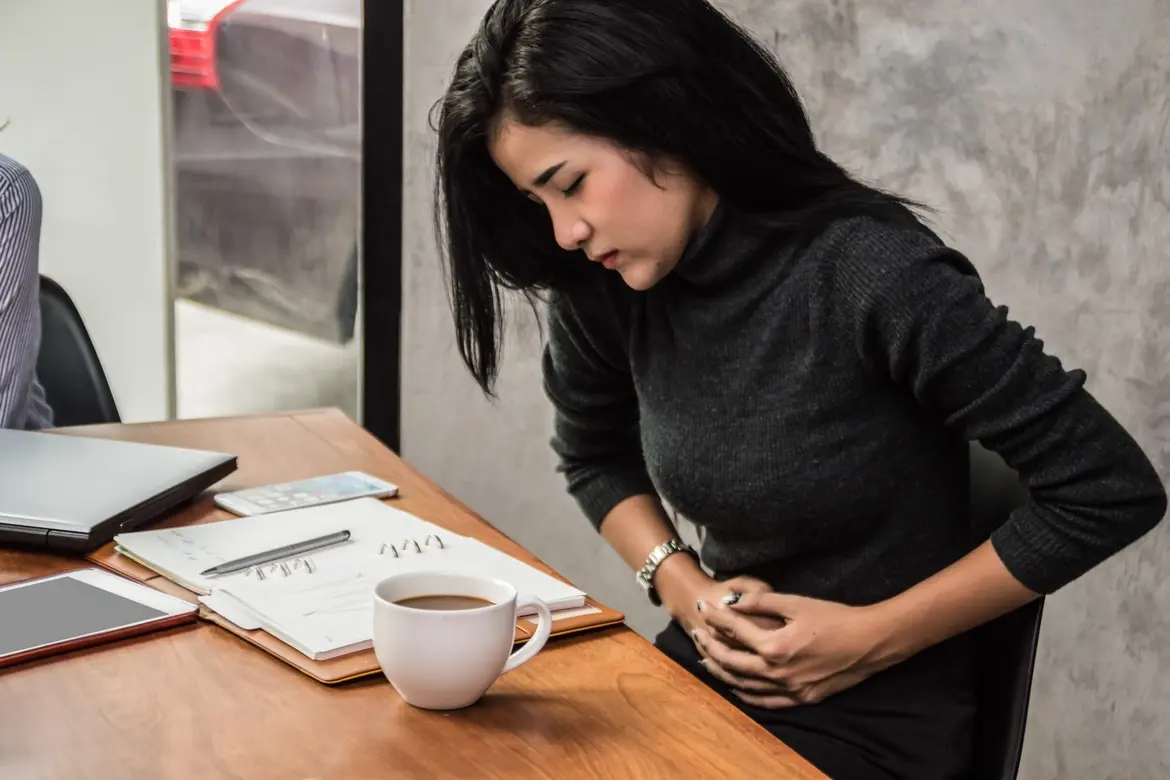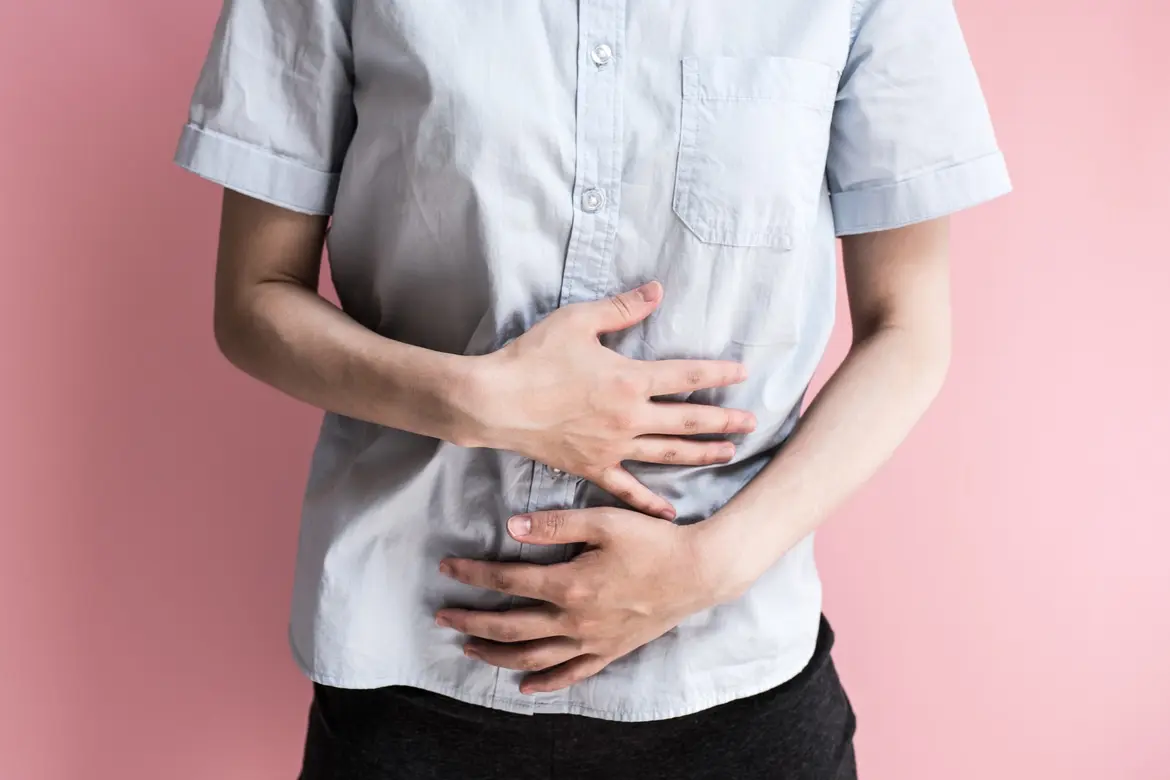What are haemorrhoids?
While we're familiar with the need to and ability to move our bowels, how many of us actually know how that happens? Responsible for that, are spongy vascular structures collectively known as the anal cushion, which is located along our anal canal. Rich in blood supply as they swell and contract to allow us to 'move' our bowels, they can sometimes get engorged, forming haemorrhoids or piles.
These swollen veins can develop inside the lower rectum, forming internal haemorrhoids. The may also or appear as lumps under the skin around the rim of the anus, forming external haemorrhoids. As internal haemorrhoids get larger, they may also push out of the anal canal as we attempt to pass motion, forming prolapsed haemorrhoids. This swelling can cause discomfort, and even pain.
Prolapsed haemorrhoids can usually reduce back into the anal canal spontaneously after a bowel movement, but as they get larger you may need to push them in manually. If they become too big, they may eventually remain outside of the anus.
Haemorrhoids can also cause symptoms such as itching or bleeding during bowel movement. This latter is usually characterised with fresh red blood on the toilet paper.
There are many misconceptions and myths surrounding haemorrhoids especially since they are embarrassing to have and can be awkward to talk about.
The real cause of haemorrhoids
The blood vessels in your rectum will swell if they are put under high enough pressure. The common reasons for this are:
- hard stools, constipation and straining during bowel movement
- sitting on the toilet bowl for too long
- pregnancy and labour
Haemorrhoid myths
Only old people get haemorrhoids
While older people are more likely to get haemorrhoids, anyone can develop the condition, even children. A poor diet, lack of exercise, straining on the toilet and sitting for extended periods of time can all lead to haemorrhoids.
Sitting on cold surfaces can give you haemorrhoids
When you have haemorrhoids, sitting on cold, hard surfaces can be more painful as your anus is more sensitive to touch. However, haemorrhoids are not caused by sitting on anything cold because temperature alone does not cause an increase in pressure or weakness of the rectal walls.
A true cause of the condition is sitting for long periods at a stretch, especially on the toilet bowl. That can increase the pressure on the blood vessels in the anus.
Haemorrhoids are permanent
Once you start developing haemorrhoids, they tend to get larger and more problematic over time. However, they can improve if you start adopting a healthier diet, exercise more and avoid sitting on the toilet for too long when attempting to move your bowels.
Should symptoms fail to improve despite these lifestyle changes, consult a doctor for the appropriate medication to treat the haemorrhoids. Problematic bleeding and prolapse may also require procedures such as ligation, energy treatment, or surgical treatments such as stapling or excision. There are many effective treatments for haemorrhoids and it is important to seek professional advice early. Delays can lead to complications such as the formation of blood clots called thrombosis.
Spicy food gives you haemorrhoids
Spicy food does not cause haemorrhoids but they can precipitate symptoms if you already have haemorrhoids. Spices such as pepper can pass through the intestinal undigested and may irritate the anal canal on their way out.
Haemorrhoids are contagious
Viruses and bacteria can cause anorectal infections (infections occurring at the junction of the anal canal and the rectum) but they do not cause haemorrhoids. Haemorrhoids are not contagious and you cannot get it from sharing a toilet seat.
When to see a doctor
Haemorrhoids is a common medical condition and is the most frequent cause of rectal bleeding. However, it is important to avoid a self-diagnosis as a bleeding bottom could be a sign of something more sinister. Seek medical attention if the bleeding is frequent, excessive or persistent, or if you are experiencing pain or severe itching/discomfort.
